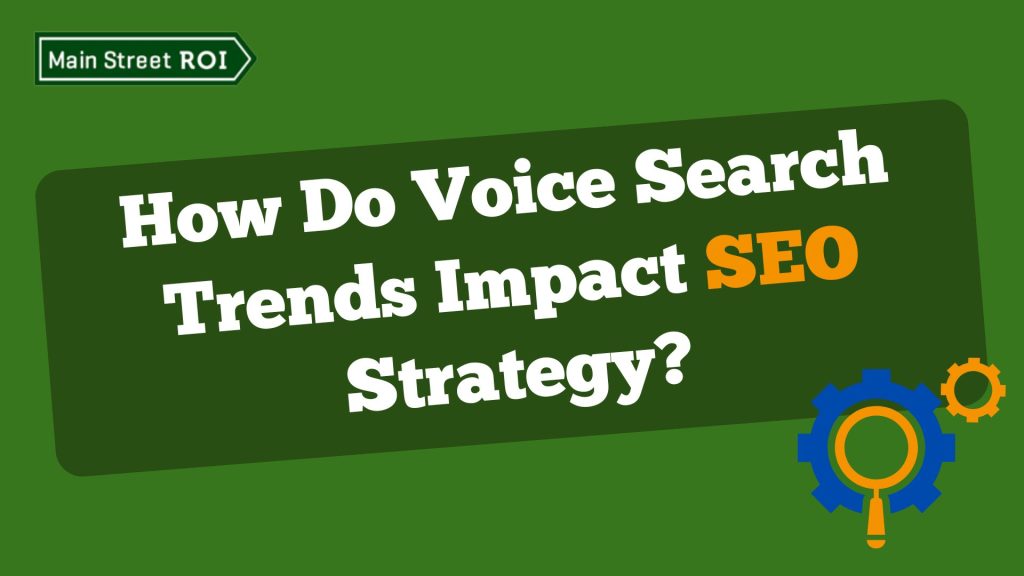Think about the last product you actually bought because you saw it online. Chances are, it wasn’t a celebrity holding it on a billboard. It was probably someone you kinda-sorta know from Instagram or TikTok. Someone who feels real. Someone who talks about a very specific thing—say, artisanal coffee, vintage denim, or indoor plants—with genuine, contagious passion.
That, right there, is the magic of the micro-influencer. And for brands selling niche B2C products, this isn’t just a marketing tactic. It’s a survival strategy.
Why go micro? The power of the niche
Sure, a post from a mega-influencer can feel like a fireworks display: loud, flashy, and seen by millions. But it’s over in a flash. A micro-influencer partnership, on the other hand, is more like a trusted friend recommending their favorite local coffee shop. The impact is quieter, but it sticks. It drives real action.
Here’s the deal. Micro-influencers, typically defined as having between 1,000 and 100,000 followers, have cultivated a community, not just an audience. Their followers are there for a specific interest. This creates a hyper-engaged environment perfect for your niche product.
Think about it. If you sell high-end calligraphy pens, who would you rather have promote you? A lifestyle influencer with 2 million followers who might briefly show the pen, or a stationery enthusiast with 15k dedicated followers who live for her detailed ink reviews? The answer seems obvious when you frame it that way. The engagement rates are just… better. Honestly, they often crush those of their larger counterparts.
Finding your perfect micro-influencer match
This is where the real work begins. It’s not about finding any influencer; it’s about finding your influencer. The one whose digital heartbeat syncs with your brand’s pulse.
Look beyond the follower count
Follower count is a vanity metric. You need to dig deeper. Scrolling through their comments section tells you more than any analytics dashboard. Are the comments generic (“nice pic!”) or specific (“Wow, what lens did you use for this shot?”)? Specific, engaged comments are a goldmine. They signal a community built on shared knowledge and trust.
Authenticity is your currency
Look for creators who already use products like yours. Or better yet, who have posted about a need for a product like yours. Their authenticity isn’t just a buzzword—it’s the entire foundation of their influence. An audience can smell a forced, purely transactional post from a mile away. And they will disengage, fast.
You want someone who will tell a story with your product. Maybe they’ll show the messy, beautiful process of using your specialty hot sauce in their kitchen, not just a perfectly staged bottle shot.
Structuring a partnership that actually works
Okay, you’ve found a few potential partners. Now what? Throwing free product at them and hoping for the best is a recipe for disappointment. You need a real structure.
Compensation: Beyond the paycheck
Not every micro-influencer partnership needs to be a hefty cash deal. In fact, many valued creators are open to other arrangements, especially if they genuinely love your brand. Here are a few models:
- Gifted Product & Commission: You send them the product for free and provide a unique affiliate code. They get a commission on every sale they drive. This aligns both your interests perfectly.
- Flat Fee + Product: A straightforward paid post or story series. This is clean and professional for one-off campaigns.
- Long-Term Ambassadorship: This is the holy grail. A longer-term contract where they become a true face of your brand. This builds incredible consistency and trust.
Give creative freedom (seriously)
This is the hardest part for many brands to let go of. You must resist the urge to hand them a rigid, corporate script. They know their audience. They built that trust by being themselves. Give them the key messaging—the problem your product solves, the features you love—and then let them translate it into their own voice.
Think of it like this: you’re hiring a chef, not a microwave. You provide the quality ingredients (your product and key info), and you let them cook the meal their guests will love.
Measuring what matters: It’s not just about likes
So you’ve launched a campaign. How do you know if it’s working? If you’re only tracking likes and comments, you’re missing the whole point. For niche B2C products, you need to track conversions.
| Metric to Track | Why It Matters for Niche Brands |
| Affiliate Code Usage | This is direct, undeniable proof of sales driven by the influencer. |
| Website Traffic from Referrals | Shows how effective they are at driving qualified, interested users to your site. |
| Engagement Rate (not just count) | (Likes + Comments) / Followers. A high rate means a highly active community. |
| Story Engagement (Replies & Polls) | This is where the most genuine conversations happen. High story engagement is a massive green flag. |
| Audience Sentiment | Are the comments positive, curious, and asking where to buy? Or are they confused and disinterested? |
The human element: Building real relationships
At the end of the day, this isn’t a transaction. It’s the beginning of a relationship. Treat your micro-influencer partners with the respect and warmth you’d show a business collaborator. Because that’s what they are.
Send them a personalized thank you note. Remember their name. Engage with their content long after your campaign is over. The goal is to turn them into a genuine fan of your brand. A fan who will talk about you organically, long after the contract ends. That’s the kind of marketing you simply cannot buy.
In a digital world that’s increasingly noisy and impersonal, the most powerful signal is a genuine human voice. For brands selling products that people are truly passionate about, that voice is your greatest asset. It’s not about finding a megaphone. It’s about starting a conversation in the right room.



